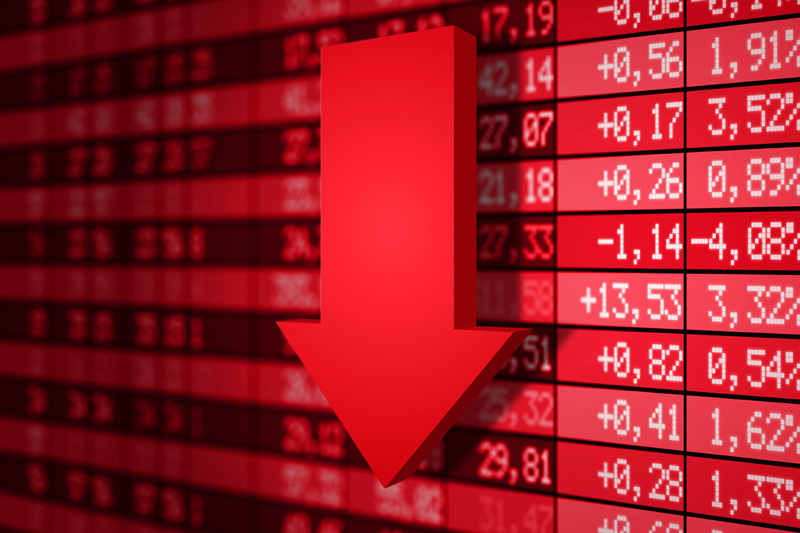Investing.com - Crude prices dropped on Thursday after weaker-than-expected Chinese factory spooked investors, while growing sentiments that the Federal Reserve is closer to scaling back stimulus programs pushed the commodity even lower.
Stimulus measures such as the Fed's USD85 billion monthly bond-buying program weaken the dollar, though talk of their dismantling can strengthen the greenback.
A stronger greenback tends to make oil a less attractively priced asset in dollar-denominated exchanges, especially in the eyes of investors holding other currencies.
On the New York Mercantile Exchange, light sweet crude futures for delivery in August traded down 3.23% at USD95.30 a barrel on Thursday, off from a session high of USD98.21 and up from an earlier session low of USD95.19.
Data released earlier revealed that China’s HSBC preliminary manufacturing purchasing managers’ index fell to a nine-month low to 48.3 in June from 49.2 in May, indicating that the slowdown in manufacturing there may be worsening.
Analysts were expecting the number to improve to 49.4, and the disappointment fueled concerns that demand in the world's second-largest consumer of crude may be slipping.
Elsewhere, better-than-expected factory data in the U.S. stoked sentiments that the Federal Reserve will soon begin to dismantle monetary stimulus programs.
Federal Reserve Chairman Ben Bernanke said Wednesday that monetary stimulus measures may taper this year and possibly end next year if the economy improves.
The Federal Reserve Bank of Philadelphia said earlier Thursday that its manufacturing index rose to 12.5 in June from -5.2 in May, well above expectations for a -2.0 reading.
A separate report showed that U.S. existing home sales climbed 4.2% to 5.18 million units in May from April’s total of 4.97 million, far surpassing market calls for a 0.6% increase.
Elsewhere, the Department of Labor said the number of individuals filing for initial jobless benefits in the U.S. last week rose by 18,000 to 354,000 compared to expectations for an increase of 4,000 to 340,000.
On the ICE Futures Exchange, Brent oil futures for August delivery were down 3.46% at USD102.45 a barrel, up USD7.15 from its U.S. counterpart.
Stimulus measures such as the Fed's USD85 billion monthly bond-buying program weaken the dollar, though talk of their dismantling can strengthen the greenback.
A stronger greenback tends to make oil a less attractively priced asset in dollar-denominated exchanges, especially in the eyes of investors holding other currencies.
On the New York Mercantile Exchange, light sweet crude futures for delivery in August traded down 3.23% at USD95.30 a barrel on Thursday, off from a session high of USD98.21 and up from an earlier session low of USD95.19.
Data released earlier revealed that China’s HSBC preliminary manufacturing purchasing managers’ index fell to a nine-month low to 48.3 in June from 49.2 in May, indicating that the slowdown in manufacturing there may be worsening.
Analysts were expecting the number to improve to 49.4, and the disappointment fueled concerns that demand in the world's second-largest consumer of crude may be slipping.
Elsewhere, better-than-expected factory data in the U.S. stoked sentiments that the Federal Reserve will soon begin to dismantle monetary stimulus programs.
Federal Reserve Chairman Ben Bernanke said Wednesday that monetary stimulus measures may taper this year and possibly end next year if the economy improves.
The Federal Reserve Bank of Philadelphia said earlier Thursday that its manufacturing index rose to 12.5 in June from -5.2 in May, well above expectations for a -2.0 reading.
A separate report showed that U.S. existing home sales climbed 4.2% to 5.18 million units in May from April’s total of 4.97 million, far surpassing market calls for a 0.6% increase.
Elsewhere, the Department of Labor said the number of individuals filing for initial jobless benefits in the U.S. last week rose by 18,000 to 354,000 compared to expectations for an increase of 4,000 to 340,000.
On the ICE Futures Exchange, Brent oil futures for August delivery were down 3.46% at USD102.45 a barrel, up USD7.15 from its U.S. counterpart.
